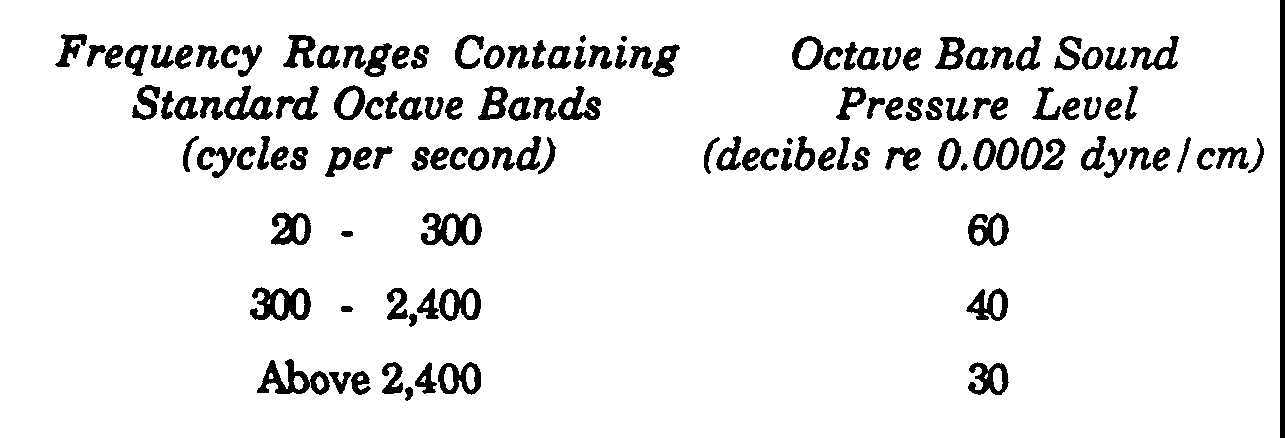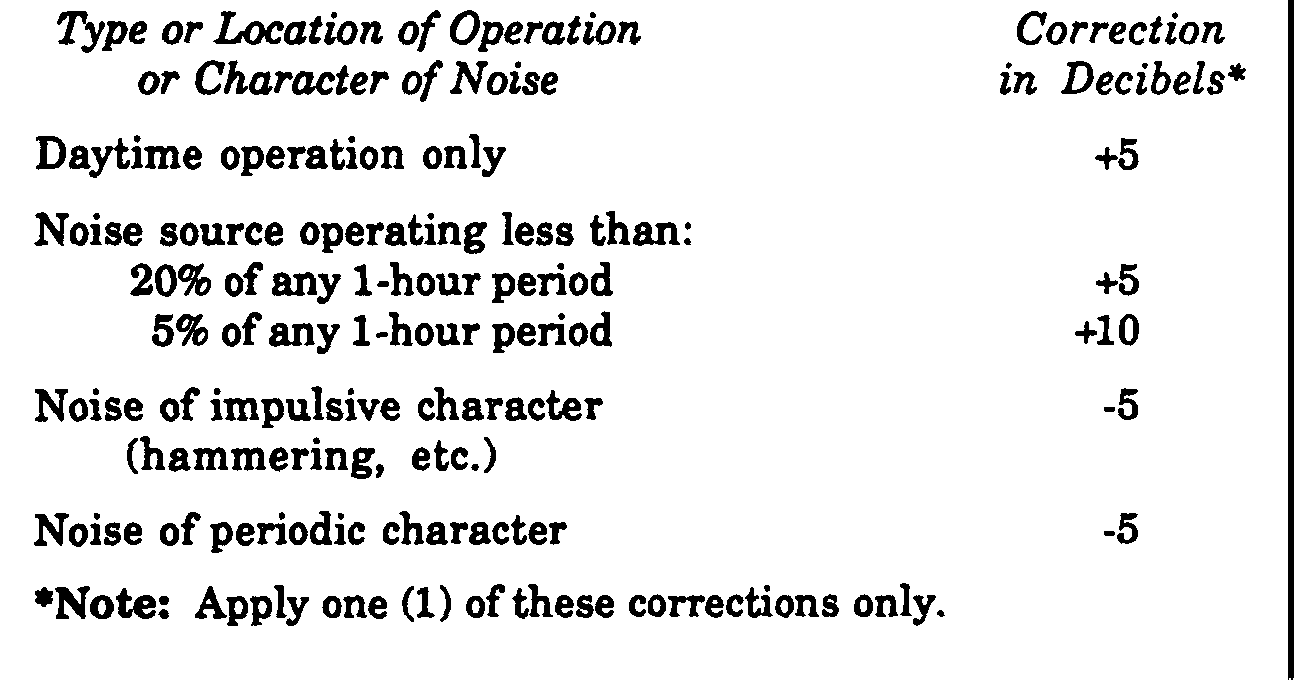All industrial, business, office and multiple-family residential uses, including mobile home parks, are subject to the following performance standards and procedures. Other uses, existing or proposed, which the Construction Official has reasonable grounds to believe violate these performance standards shall be subject to the provisions of this section. (Ord. #574; 1976 Code § 179-35)�
�
a. Prior to Construction and Operation. Any application for a building permit for a use which shall be subject to performance standards shall be accompanied by a sworn statement by the owner of subject property that the use will be operated in accordance with the performance standards set forth herein.�
b. Continued Compliance. Continued compliance with performance standards is required and enforcement of continued compliance with these performance standards shall be enforced by the Construction Official. (Ord. #574; 1976 Code § 179-36)�
a Definition of "Nuisance Elements." A "nuisance element" is any noise, radioactivity, vibration, glare, smoke, odor, air and water pollution or dust which exceeds the performance standards established under this section.�
b. Locations where determinations are to be made for enforcement of performance standards. The determination of the existence of nuisance elements shall be made:�
1. At or outside property lines of the use creating such element, for noise, vibration, glare, dust, smoke, air pollution or water pollution.�
2. At the zone district boundary line, for odor. (Ord. #574; 1976 Code § 179-37)�
a. Vibration. No vibration shall be permitted which is detectable without instruments at points of measurement specified in subsection 24-8.3, paragraph b.�
b. Glare. No direct or sky-reflected glare shall be visible, whether from floodlights or from high-temperature processes, so as to be visible at the points of measurement specified in subsection 24-8.3, paragraph b.�
c. Smoke.�
1. The emission standards of this Chapter or as promulgated by the New Jersey Department of Environmental Protection, whichever is more restrictive, shall pertain.�
2. No emission shall be permitted, from any chimney or otherwise, of visible gray smoke of a shade equal to or darker than No. 2 on the Power's Micro-Ringelmann Chart, published by McGraw-Hill Publishing Company, Inc., copyright 1954, being a direct facsimile reduction of a standard Ringelmann Chart as issued by the United States Bureau of Mines.�
3. The provisions of this paragraph shall not apply to:�
(a) Smoke emitted during the cleaning of a fire box or the building of a new fire, the shade or appearance of which is not darker than No. 3 of the Power's Micro-Ringelmann Chart for a period or periods aggregating no more than three (3) minutes in any fifteen (15) consecutive minutes.�
(b) Smoke resulting from any fire ignited solely for the purpose of training or research in fire prevention or protection.�
(c) Smoke from locomotives the shade or appearance of which is equal to but not darker than No. 3 of the Power's Micro-Ringelmann Chart for a period or periods aggregating no more than thirty (30) seconds in any three (3) consecutive minutes, or smoke of the density for a period aggregating no more than four (4) minutes in any fifteen (15) consecutive minutes when building a new fire.�
(d) Household fireplaces.�
d. Odors. No emission of odorous gases or other odorous matter in such quantity as to be readily detectable shall be permitted.�
e. Dust. Solid particles shall not be emitted in concentrations exceeding standards established by the New Jersey Department of Environmental Protection.�
f. Fly Ash. No emission of any fly ash shall be permitted to be discharged from any stack or chimney into the open air in excess of the quantity set forth in regulations promulgated by the New Jersey Department of Environmental Protection.�
g. Noise. At the points of measurement specified in subsection 24-8.3, paragraph b., the maximum sound pressure level radiated in each standard octave band by any use or facility, other than transportation facilities or temporary construction work, shall not exceed the values for octave bands lying within the several frequency limits given in the following table, after applying the corrections shown therein. The sound pressure level shall be measured with a sound level meter and associated octave band analyzer conforming to standards prescribed by the American Standards Association. American Standard Sound Level Meters for Measurements of Noise and Other Sounds, Z24.3-1944, American Standard Specification for an Octave-Band Filter Set for the Analysis of Noise and Sounds, Z24-10-1953, or latest approved revision thereof, American Standards Association, Inc., New York, New York, shall be used.�
Maximum, Permitted Noise Levels�

Corrections to Be Applied to Octave Band Sound Pressure Level in Decibels�
